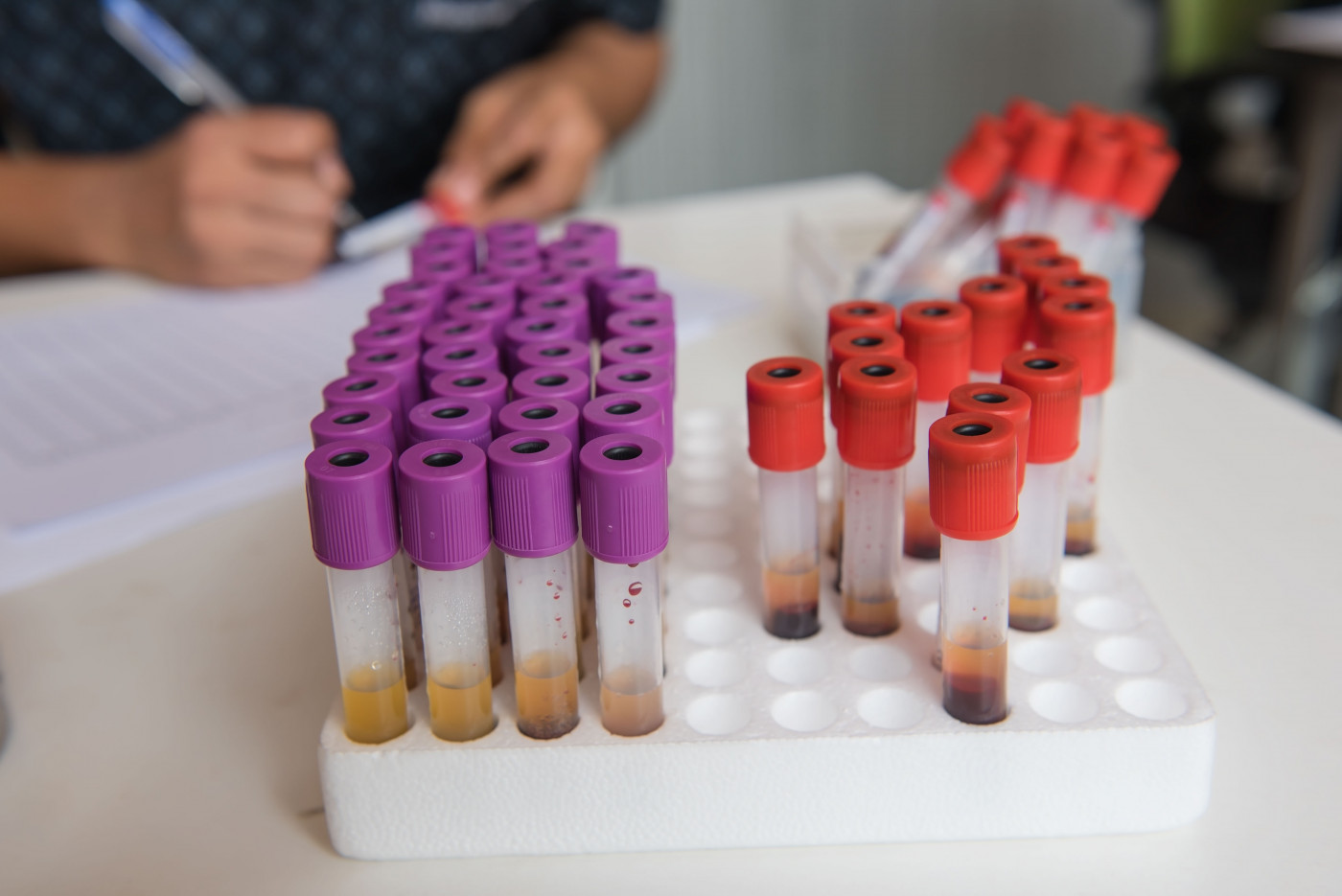Prenatal Genetic Diagnosis for Fabry Disease

Prenatal genetic diagnosis can be a useful tool to detect genetic disorders such as Fabry disease. The following information should help you understand the process, including what happens before, during and after testing.
Inheritance of Fabry disease
Fabry disease is a rare genetic disorder that results in the buildup of a fat molecule called globotriaosylceramide (Gb3 or GL-3) in cells throughout the body. This buildup causes damage to the cells and results in a wide range of symptoms.
The gene that is mutated in Fabry disease resides on the X chromosome. The disease is inherited in a dominant manner. This means a person will develop the disease even if he or she inherits just one faulty copy of the gene.
Males have one copy of the X chromosome that they inherit from their mother, and a Y chromosome they get from their father. Females have two copies of the X chromosome, one from each parent. In rare cases, they may experience milder symptoms of Fabry disease.
Depending on which parent has Fabry disease it can affect the risk of the children inheriting the disease. If the father has Fabry disease, then none of his sons will have the disease since he passes only his Y chromosome to them. All of his daughters will inherit the disease, however, since they will inherit his affected X chromosome. If the mother has Fabry disease, then all of her children will have a 50% chance of inheriting the disease, depending on whether they receive the X chromosome carrying the faulty gene or the healthy one.
Fabry disease also can occur through a spontaneous mutation. This can cause a child to have the disease even though the parents do not carry a mutation.
It is possible to use genetic testing to find out if a child will have the disease.
What is prenatal genetic diagnosis?
Prenatal genetic diagnosis is a process in which a sample of DNA is taken from a fetus to check whether there are any genetic mutations that could lead to disease. There are two main methods for collecting samples for prenatal genetic diagnosis.
Chorionic villus sampling (CVS)
In chorionic villus sampling (CVS), doctors take a sample of tissue from the placenta for genetic testing. The placenta is an organ that forms in the uterus to supply oxygen and nutrients to the growing fetus. In CVS, the doctor inserts a needle or catheter through the mother’s abdomen or vagina in order to collect a sample of the chorionic villi. These are small finger-like projections of the placenta. Doctors usually perform CVS when the fetus is 10 to 12 weeks old.
Amniocentesis
Another procedure for collecting genetic samples of the fetus is amniocentesis. The doctor inserts a long needle through the abdomen of the mother and into the amniotic sac surrounding the fetus. The doctor then uses the needle to draw off a sample of the amniotic fluid in order to perform the genetic test. They usually do this between weeks 15 and 20 of pregnancy.
Risks of prenatal genetic diagnosis
Although rare, both CVS and amniocentesis have risks. Both have the potential to cause infection, bleeding, leaking amniotic fluid, early labor, or even miscarriage. Because of these risks, it is important you consult with a genetic counselor prior to any procedure to discuss all of the options and dangers associated with them.
What happens after CVS or amniocentesis?
After the doctors have collected the samples, they send them to a laboratory for analysis. There, clinicians will extract DNA from the samples and run genetic tests to screen for Fabry disease and other potential genetic disorders. The results can take from a few days to a few weeks to become available. The the physician and/or genetic counselor will schedule a meeting with you to discuss the results.
Last updated: Sept. 18, 2020
***
Fabry Disease News is strictly a news and information website about the disease. It does not provide medical advice, diagnosis, or treatment. This content is not intended to be a substitute for professional medical advice, diagnosis, or treatment. Always seek the advice of your physician or other qualified health provider with any questions you may have regarding a medical condition. Never disregard professional medical advice or delay in seeking it because of something you have read on this website.






